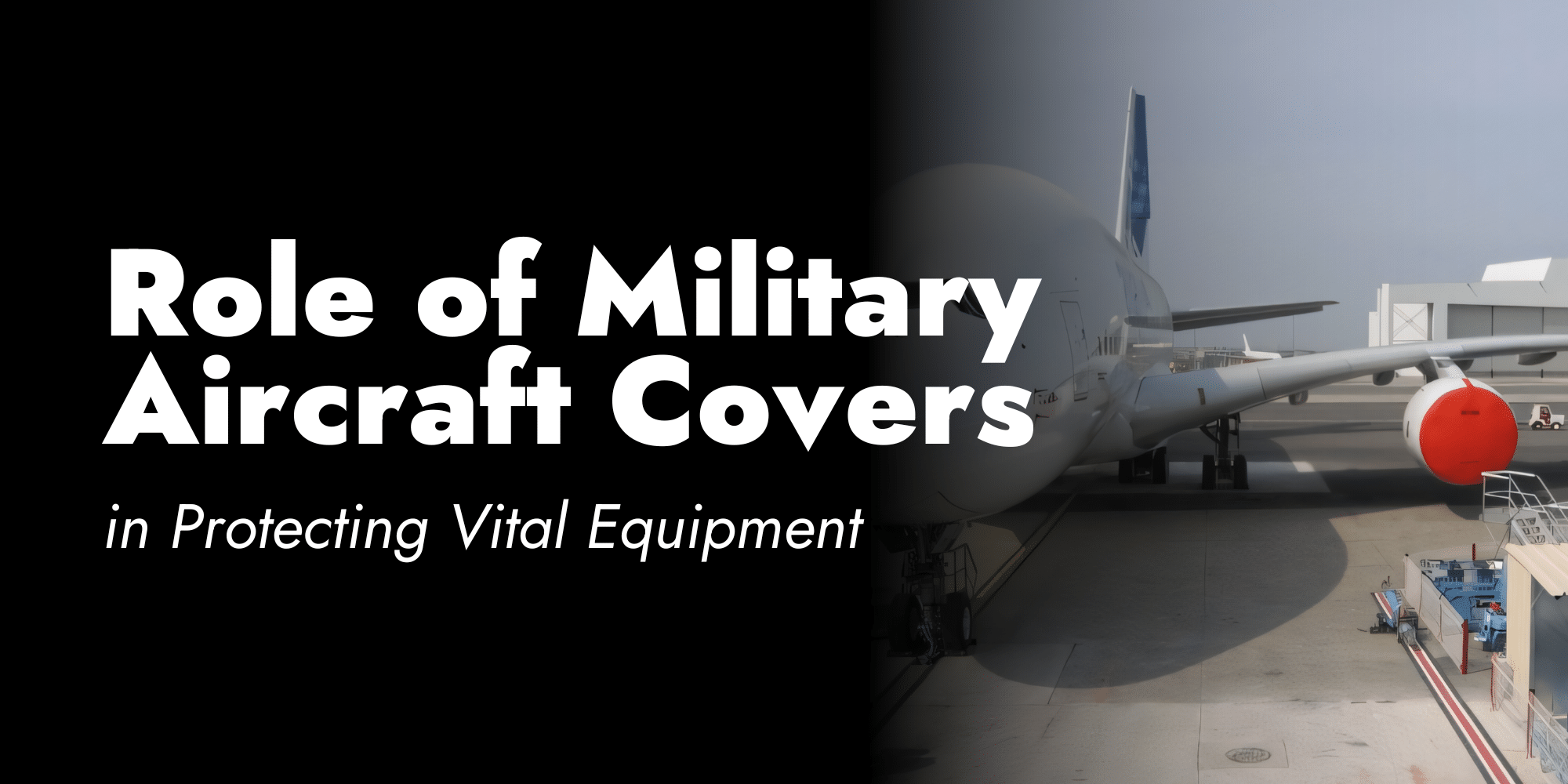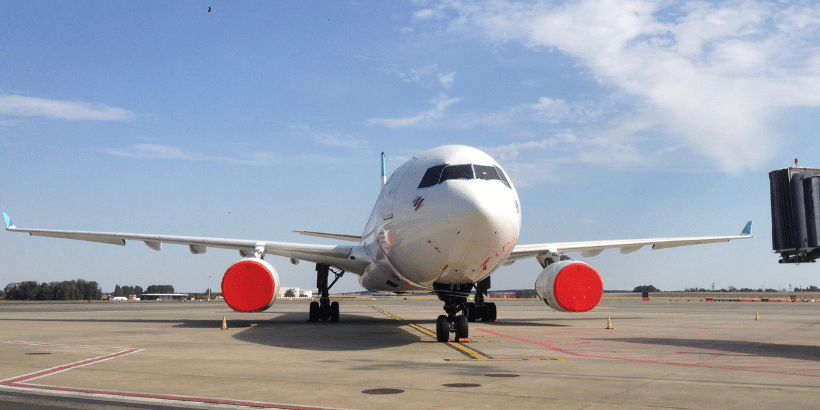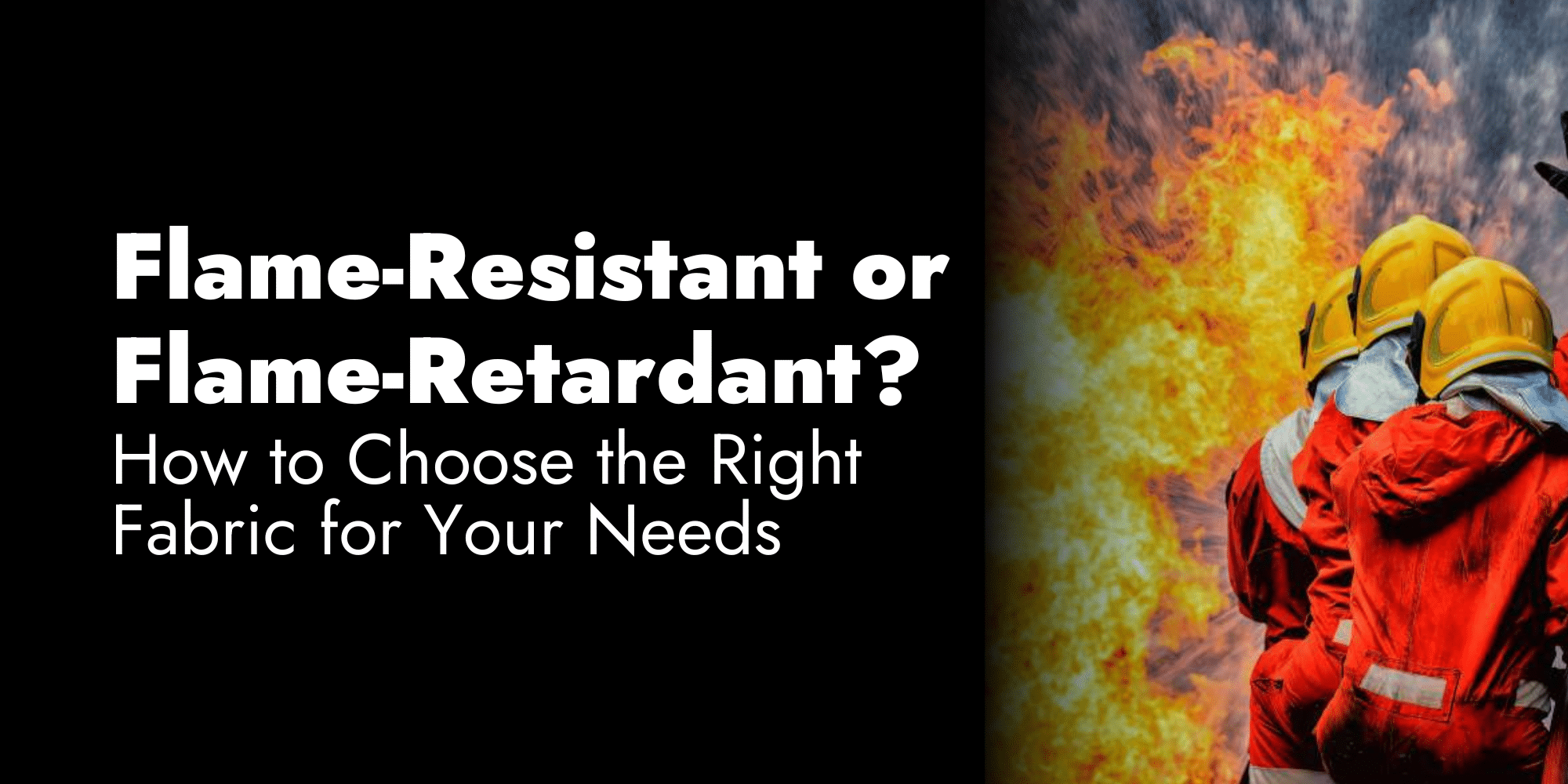The semiconductor industry demands precision, innovation, and relentless efficiency. As chip manufacturing evolves, the materials…

Role of Military Aircraft Covers – Protecting Equipment
Ensuring machine equipment safety is a top priority for any manufacturing industry. The well-being of employees and the protection of valuable investments are paramount concerns. Accidents involving heavy machinery can lead to severe injuries or even fatalities. Additionally, equipment breakdowns can result in costly downtime and production delays.
This article explores the essence of flexible covers and delves into its impact on machine equipment safety and employee well-being. We will discuss their innovative features, ease of installation, and cost-effectiveness.

The Role of Military Aircraft Covers in Protecting Vital Equipment
Military aircraft are vital assets for any defense force. These planes are often the most advanced, expensive, and mission-critical pieces of equipment, making their upkeep and protection a top priority. One aspect that plays a crucial role in safeguarding aircraft while they’re grounded is the use of military plane and helicopter covers. These protective covers shield planes from various environmental hazards, foreign objects, and other forms of damage, all while reducing maintenance costs and extending the lifespan of the aircraft.
Let’s explore the impact these covers have and why they’re essential for ensuring the reliability of military planes.
5 Benefits of Using Military Aircraft Covers
Different fabric bellow covers are available in the market, each with unique features and benefits. A few of them are as follows:
1. Combatting Corrosion: The Silent Enemy
Aircraft are particularly susceptible to corrosion due to their exposure to the elements. Corrosion can eat away at the metal parts of an aircraft, causing rust, weakening the structure, and leading to costly repairs. Factors like humidity, rain, snow, saltwater, and even the chemicals used in cleaning or deicing can accelerate corrosion.
By using high-quality covers, aircraft are shielded from these corrosive elements, drastically reducing the chances of rust and decay. The best covers are designed to be waterproof and UV-resistant, preventing water from getting into cracks or joints while protecting the aircraft from the sun’s harmful rays. The result is a significant reduction in the wear and tear caused by environmental exposure.
Some advanced covers even use materials infused with Volatile Corrosion Inhibitors (VCIs), which actively prevent rust by blocking the chemical reactions that cause it. This additional layer of protection not only keeps the aircraft intact but also reduces the frequency of maintenance checks, allowing the plane to be mission-ready more often.
2. Protecting Against Foreign Object Damage (FOD)
Foreign Object Damage (FOD) is a major risk to aircraft, especially when they are on the ground. FOD can occur when loose debris, stones, birds, or even small tools left on the tarmac find their way into an aircraft’s engines or other sensitive parts. Once these objects get into engines, the damage can be catastrophic. For example, in some cases, an overlooked foreign object debris has led to complete engine failure, resulting in severe accidents.
Protective covers offer a barrier against FOD by covering key parts of the aircraft such as the engines, air intakes, and other exposed systems. This not only helps prevent serious accidents but also ensures that the aircraft remains ready for flight without the need for additional checks or repairs.
Military aircraft are also often exposed to high winds and storms, which can kick up dust, dirt, and debris. Over time, dust can accumulate and block essential systems, reducing their efficiency. Covers prevent dust and debris from settling inside the aircraft, making sure that operations aren’t disrupted by unexpected damage or malfunctions.
3. Custom Fit and Durable Design
Unlike standard covers, military aircraft covers are specifically designed to fit the exact make and model of the aircraft. These covers are custom-made to hug every curve and contour of the plane, leaving no gaps or openings that could allow water, dirt, or other harmful elements to get in. A snug fit is key to keeping these hazards out and ensuring that the aircraft remains protected, even during harsh weather conditions.
The materials used in these covers are heavy-duty and designed to withstand extreme temperatures, high winds, and other stress factors. These materials are often reinforced at stress points, like where the cover might be exposed to strong gusts or sharp edges on the aircraft, making them long-lasting and dependable even under harsh conditions.
4. Advanced Material Engineering for Better Protection
Military aircraft covers have evolved over time, incorporating new technologies and materials to improve their effectiveness. Some covers are designed to not just repel water but also absorb condensation that builds up inside. This is critical in humid or rainy climates where moisture can get trapped under the cover and lead to mold or mildew, which could damage sensitive equipment.
By using anti-condensation fabrics, covers can absorb and evaporate this moisture before it causes any damage. Additionally, UV-resistant materials protect the paint, coatings, and composites of the aircraft from sun damage, which can degrade the exterior over time.
5. Portable Solutions for On-the-Go Protection
Aircraft are often moved between locations, from airbases to temporary airfields, and they need protection wherever they go. That’s where portable aircraft covers come in handy. For example, Portable Magnetic Aircraft Covers (PMAC) offer a fast, convenient way to protect planes in the field. These covers are lightweight yet durable, designed to be easily installed and removed without compromising on protection.
This portability ensures that aircraft can be shielded even during mobile missions or when stationed at temporary locations. They’re also ideal for missions in remote areas where long-term storage solutions aren’t available.

What to Look for in Military Aircraft Covers
Choosing the right cover for your military aircraft involves more than just picking the right size. There are several important factors to consider:
1. Material Quality
The cover should be made from durable, weather-resistant materials. Look for waterproof, UV-resistant fabrics that can stand up to extreme conditions. Anti-corrosion properties, such as VCI-treated materials, can be an added bonus.
2. Custom Fit
Ensure that the cover is designed for specific aircraft models. A tight fit prevents water, dirt, and debris from sneaking into unprotected areas. Loose-fitting covers can shift or blow off in strong winds, reducing their effectiveness.
3. Reinforced Design
Covers should be reinforced at stress points to prevent tearing or wear. These areas might include the edges where the cover is tied down or where the cover meets sharp angles of the aircraft.
4. Anti-Condensation Features
In humid or rainy conditions, moisture buildup can become a problem. Look for covers with anti-condensation fabrics or built-in vents to allow moisture to escape without letting in outside elements.
5. Ease of Use
Some covers can be heavy or difficult to install, especially in windy or stormy conditions. Look for designs that allow for easy installation and removal, like those with magnetic fasteners or quick-release straps.
6. Portability
If your aircraft is regularly moved between locations, consider portable cover options that can be transported easily without sacrificing protection.
FAQs on Military Aircraft Covers
1. How long do military aircraft covers typically last?
High-quality military aircraft covers are designed to last several years, even in tough conditions. The lifespan of the cover depends on how often it’s used and the environment it’s exposed to. Regular maintenance and proper storage when not in use can extend its life significantly.
2. Can aircraft covers be used in extreme weather conditions?
Yes, military aircraft covers are built to withstand extreme temperatures, high winds, rain, and snow. Many are reinforced for durability and made from materials that can handle harsh environments.
3. Are custom-fit covers necessary for protection?
While generic covers might offer some protection, custom-fit covers are essential for full coverage and better protection. They prevent gaps where water or debris could enter and are designed to stay in place, even in strong winds.
4. How do I clean and maintain an aircraft cover?
Cleaning the cover regularly, especially after exposure to harsh elements, can prolong its life. Most covers can be washed with mild soap and water. It’s also important to check for any tears or wear and make repairs as necessary to maintain the cover’s protective qualities.
5. Can covers be used while the aircraft is in hangar storage?
Yes, aircraft covers are often used even in hangar storage to protect the plane from dust and moisture, which can still cause damage in a controlled environment. Using a cover inside also reduces the need for frequent cleaning and maintenance.

Why Choose Otego Textile for Military Aircraft Covers?
Military aircraft covers play an essential role in maintaining the operational readiness of vital defense equipment. They protect against environmental threats like corrosion and FOD, reduce the wear on aircraft, and save valuable time and money in maintenance. By choosing the right cover, whether for long-term storage or rapid field deployment, military forces can ensure their aircraft remain in top condition and ready to fly when needed most.
Otego Textile is the top choice of customers worldwide for technical textile production and customisation. For military aircraft covers, we have a proven track record in the aerospace industry. Here’s why:
1. High-Performance Fabrics:
Otego’s covers are made from advanced materials that meet stringent military and aerospace standards, such as FAR25.853 for fire resistance.
2. Tailored Protection:
Designed to protect sensitive components like canopies, inlets, and exhausts, Otego’s fabrics feature non-abrasive, anti-crazing properties to prevent damage.
3. Weather and Chemical Resistance:
Otego’s fabrics are engineered to resist harsh weather, chemicals like Skydrol and jet fuel, and UV exposure, ensuring long-term durability.
4. Industry Approval:
Otego’s fabrics are trusted and approved by leading aerospace manufacturers, including Airbus and Dassault Aviation, ensuring the highest level of protection for your aircraft.
With Otego Textile, you get superior protection for your military aircraft, ensuring they remain in peak condition during storage, maintenance, and transport. Protect your investment with the best. Reach out to us today to discuss your specific needs.
Ready to protect your aircraft with the best in the business? Contact Otego Textile now to discuss your specific needs and discover how our advanced textile solutions can safeguard your military aircraft.


